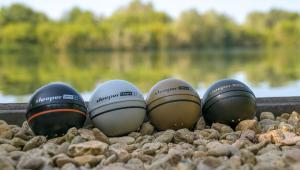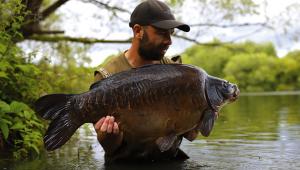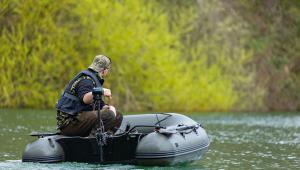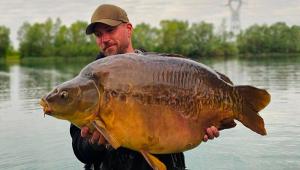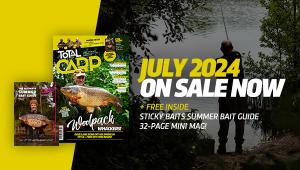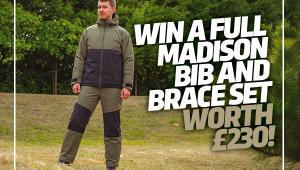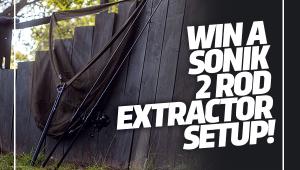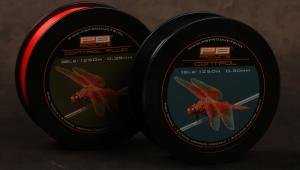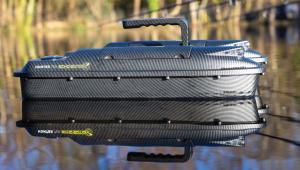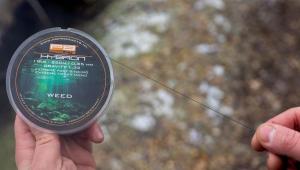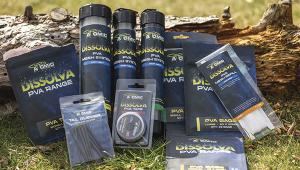5 Top Zig Rig Tips
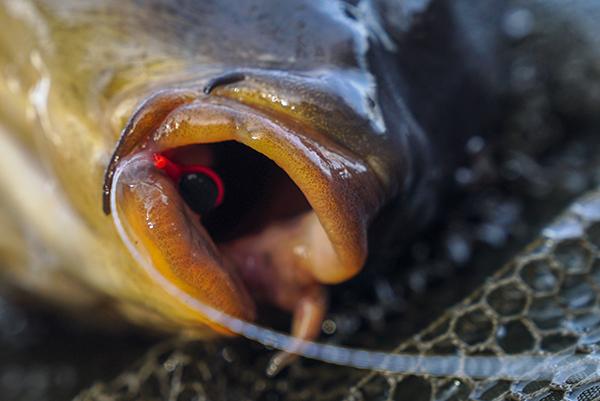
Zig rigs can often be the only way to catch carp throughout the colder months; this is due to the fish sitting at a layer in the water column where they feel comfortable, often venturing outside of this zone very little when the water temperatures are at their lowest.
Location
As with any time of year, choosing your area to target is crucial, but even more so in the colder months due to the fish being a lot less active. You will often find a majority of them grouped tightly together the colder it becomes.
When turning up at the lake you have to think from a carp’s perspective; where is going to be warmest and will this change? At the end of the day, they are cold blooded creatures so any variation in temperature is going to make a huge difference to their habits!
I normally look for areas that see the sun, predominantly throughout the day; these may only be half a degree warmer, but the carp will no doubt notice and will feel more comfortable! Failing that it’s well worth targeting the shallower areas of the lake, if the sun is out and shining these areas definitely warm up quicker.
If my chosen lake has features like reed beds or lily beds these can also be fantastic holding areas as they retain heat from the sunlight really well. If the lake is featureless but has weed in, I would look for areas that are denser; these spots will also hold a bit more heat than others and will no doubt be riddled with natural food, which from Mr Carp’s point of view is an easy meal without having to put in any effort.
Lastly, from experience I haven’t found wind direction or speed to have much effect on winter carp, they are more tuned in to sitting where is comfortable for them. If you have nothing to go on when arriving at the lake, keep mobile and keep the zigs roving around until you find them.
Picking The Right Venue
Venue choice is really important; there is no point sitting on a big pit with a low stock throughout the colder months because your chances of locating a tightly shoaled group of carp is slim. It’s well worth choosing a water that is a comfortable size, has good winter form and has a decent head of carp present.
I like to have two different venues to fish throughout winter, both being completely different – one being fairly deep and quite featureless, the other reasonably shallow with reed beds and snags that the sun is going to impact on.
I have always found the shallower lakes respond well on the brighter days, this is due to the fact that although it may not feel any warmer, the sunlight penetrates the shallower water faster, warming it much quicker! It may only be half a degree, but this can certainly be enough to make a difference.
By contrast, the deeper lakes are the venues to target when you have overcast days and freezing temperatures; this will encourage the carp to shoal up in a certain area, not willing to move about much, but if you find that shoal, you are on to a winner!
Depths
Choosing the correct depth is one of the most vital parts in zig fishing; get it wrong and you will have an unsuccessful day, but if you get it right you can potentially have a red-letter session. I have always found on those shallower lakes the bottom third to be the most productive, so if your chosen water is, for example, eight feet deep, I would always start off with 2 to 3ft zigs.
If the sun is out and it feels slightly warmer, then try one in the top third, but my general rule of thumb is the lower part of the water column is most productive. Now this seems to be the complete opposite on deeper waters; it always seems to be top third, so if you’re fishing in 20 feet I would start in between 15 to 18 feet, but again it’s worth putting one lower because you never know!
I always start off fishing my rods at different depths just to have as many options covered as possible; if you find that one length is getting you bites, change your other rods over to that depth – sometimes it can be inches that make all the difference!
Bite Indication
I have always fished my zigs a lot different to most other anglers; your typical zig setup is on a bowstring tight line for maximum bite indication, however I have found that isn’t necessarily the case. Upon turning up at the lake, unless I know exactly where the fish are located, I will always have a decent drop on the bobbin to pick up potential liners.
Getting notifications on the buzzer gives me a better idea of where the fish are; if I start getting liners that are slow and just a couple of bleeps, I know the fish are just short of the spot that I’m fishing. But if I get really savage indications, I know that I am well past where they’re held up and I need to drop my rods back a fair distance.
Once I have located the shoal, I will tighten up but still have a slight drop in the bobbin. This is due to past experience; going out in a boat on lakes in the past, picking up the zig from the boat and seeing how much movement there is before indication at the rod end. I found that if my line was guitar string tight then the line would just stretch, therefore taking a bit longer to get any beeps on the buzzer. Whereas, if I had a slight drop on the bobbin I would get indications straightaway. It is also vital to have your alarms on maximum sensitivity if they support that function.
Hook Baits
There are only two types of hook baits I really use for zig fishing, the first one being foam, and nine times out of 10 it will be black. The reason for this is the colour black silhouettes better than any other colour, so no matter what the conditions, whether it’s an overcast drab day, or bright with the sun shining, black will always stand out from the crowd.
I tend to use the Zig Alignas from Fox which are fantastic and so user-friendly; doing so gives me options, if I decide I want to have a fleck of, say, red or yellow, all I have to do is slide on the colour of my choice and I’m ready to get fishing again in seconds.
A lot of people tend to boost their foam with a liquid additive and I do the same; the NS1 Hookbait Booster is my booster of choice, it is super-sweet and impregnates into the hook bait nicely.
I tend to use foam on the clearer venues when the carp can rely on their sight, but when it comes to lakes with a tinge of colour, that is when I switch to using pop-ups as hook baits. I normally use an NS1 Mini or sometimes even two depending on what I’m feeling on the day; I have had great success on both.
I always make sure these are boosted to the absolute max; you’ve got to bear in mind that although the carp are so in tune with their environment their sight won’t be that great due to the clarity of the lake, so that added attraction they can smell will definitely get you extra bites.
These are the basic fundamentals to my zig fishing in the winter months; they have always stood me in good stead and I know that in my head if I have all bases covered I am giving myself the best possible chance of getting bites during those colder days.
- Log in or register to post comments
